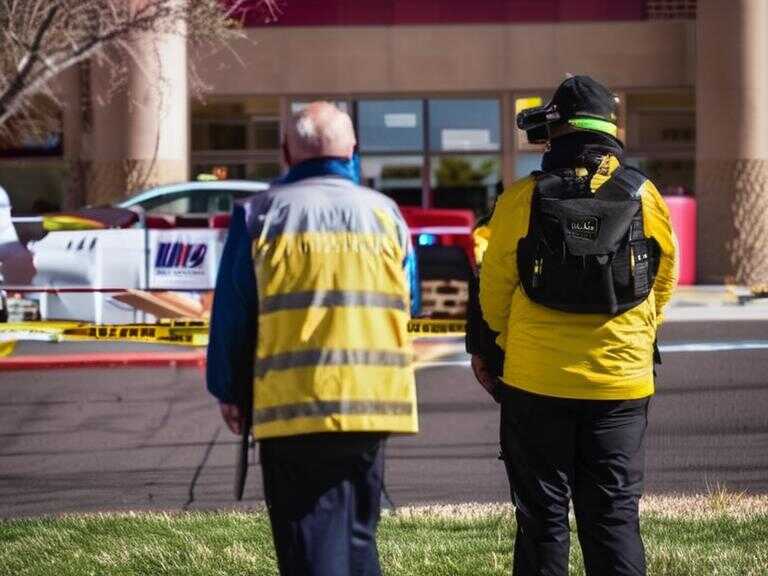
First Hearing of Trump Assassination Attempt Task Force Focuses on July 13 Rally Shooting
A bipartisan task force held its first hearing on the July 13 attempted assassination of former President Trump in Butler, Pennsylvania.

A bipartisan congressional task force has scheduled its first hearing to investigate the July 13 shooting at a former President Donald Trump rally in Butler, Pennsylvania, where an attempt was made on Trump’s life. The hearing aims to delve into the details surrounding the assassination attempt, evaluating the security measures, law enforcement response, and the course of events leading up to the incident.
Law Enforcement’s Testimonies
Adams Township Police Department Sgt. Edward Lenz testified before the task force, detailing the response to the shooting and the actions taken by local law enforcement. He expressed concern over the Secret Service’s planning process, stating that they were not asked to secure the AGR complex or deploy a sniper team there. Lenz emphasized the need for clearer communication and coordination during security preparedness.
Furthermore, Lenz highlighted the pivotal role of a local operator who spotted the shooter and managed to locate him, allowing the Butler County Emergency Services Unit to take action within seconds of the gunfire starting. The attorney also acknowledged the assistance of a Beaver County sniper who identified the shooter’s location and reported it to the appropriate authorities.
Challenges Faced by Local Authorities
The testimony revealed the quick response of local law enforcement in attempting to neutralize the threat. A Butler County ESU officer scouted the area and fired a round at the shooter, causing the latter to recoil momentarily. However, the fatal shot was eventually fired by a Secret Service counter sniper approximately 15.5 seconds after the gunfire began, neutralizing the threat.
During the hearings, it became apparent that the lack of direction from the Secret Service contributed to the security failures that allowed the shooter to position himself on a nearby rooftop. Task Force Chairman Rep. Mike Kelly voiced concerns about the missed opportunity to prevent the incident, questioning the effectiveness of the communication and intelligence sharing among law enforcement agencies.
Secret Service’s Role and Accountability
The Secret Service faced scrutiny for its handling of the situation. While recognizing the agency’s expanded responsibilities
over the years, Ranking Member Rep. Jason Crow emphasized the importance of providing the Secret Service with adequate resources to fulfill its protective mission. The challenge of balancing demanding public safety duties while ensuring the well-being of high-profile individuals was underscored as a pressing concern, highlighting the need for legislative support and funding to strengthen the Secret Service’s capacity.
Caller for Enhanced Funding and Support
Acting Secret Service Director Ronald Rowe acknowledged the necessity for immediate funding to address the agency’s operational demands in the face of heightened security threats. Securing short-term funding was aimed at bolstering security measures and ensuring effective personnel deployment and resource allocation. However, it is crucial to engage in long-term planning and budget allocation to provide the Secret Service with the necessary personnel, technology, and equipment for comprehensive security operations.
Uncovering the Sequence of Events
An in-depth examination of the sequence of events leading up to the July 13 assassination attempt has become imperative in drawing insights and lessons for future security planning. Understanding the timeline of the attacker’s actions, including his arrival at the rally site and tactical deployment, is vital in evaluating the preparedness of law enforcement agencies and their ability to mitigate potential threats effectively.
The task force aims to dissect the circumstances surrounding the incident, aiming to identify potential loopholes in security protocols and recommend strengthening measures to prevent similar threats in the future. Assessing the intelligence-gathering mechanisms, threat assessments, and coordination among various law enforcement agencies are critical components in enhancing overall security preparedness.
Share news















